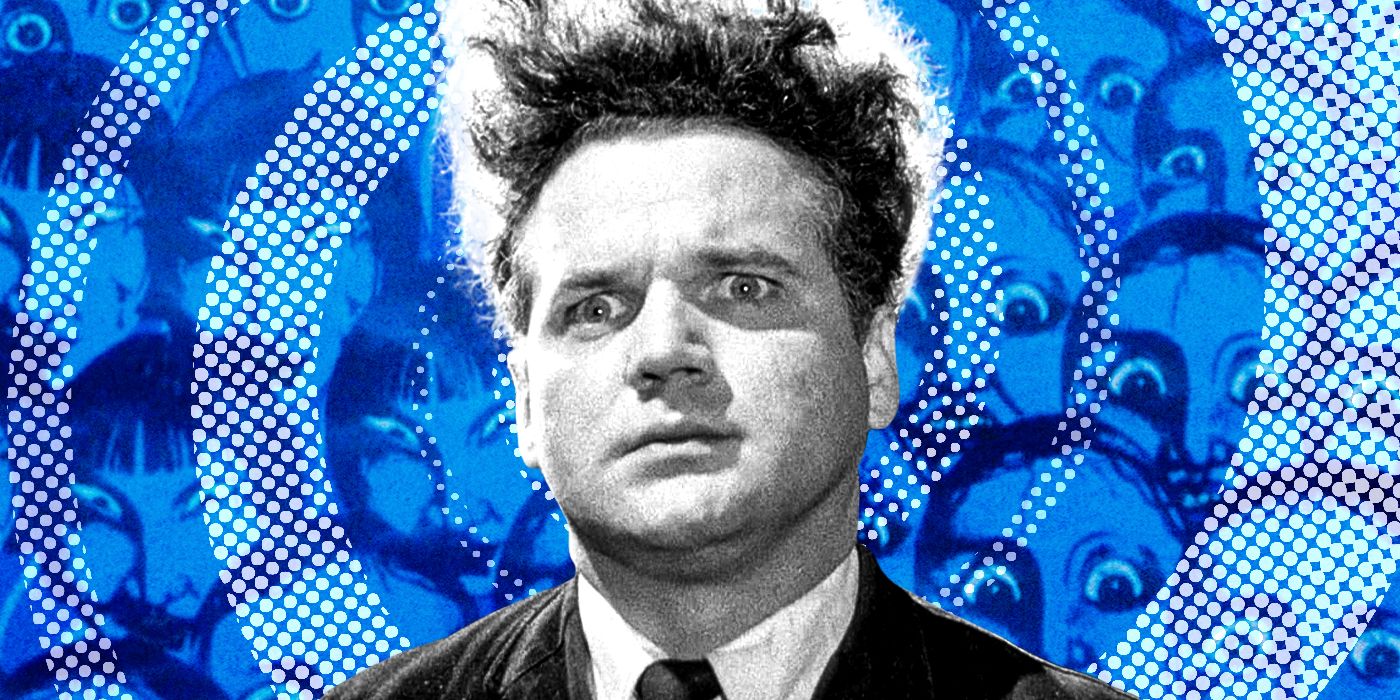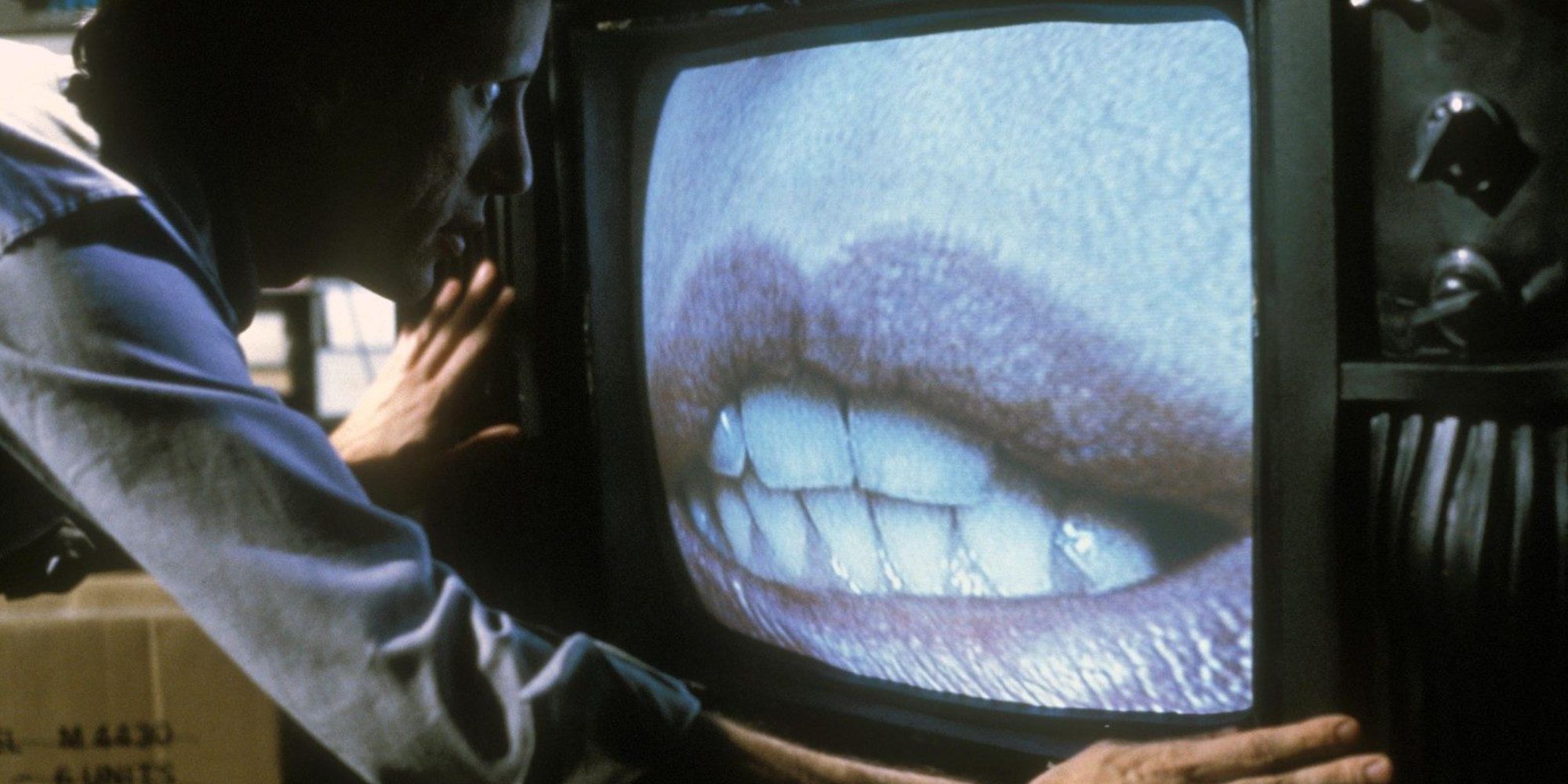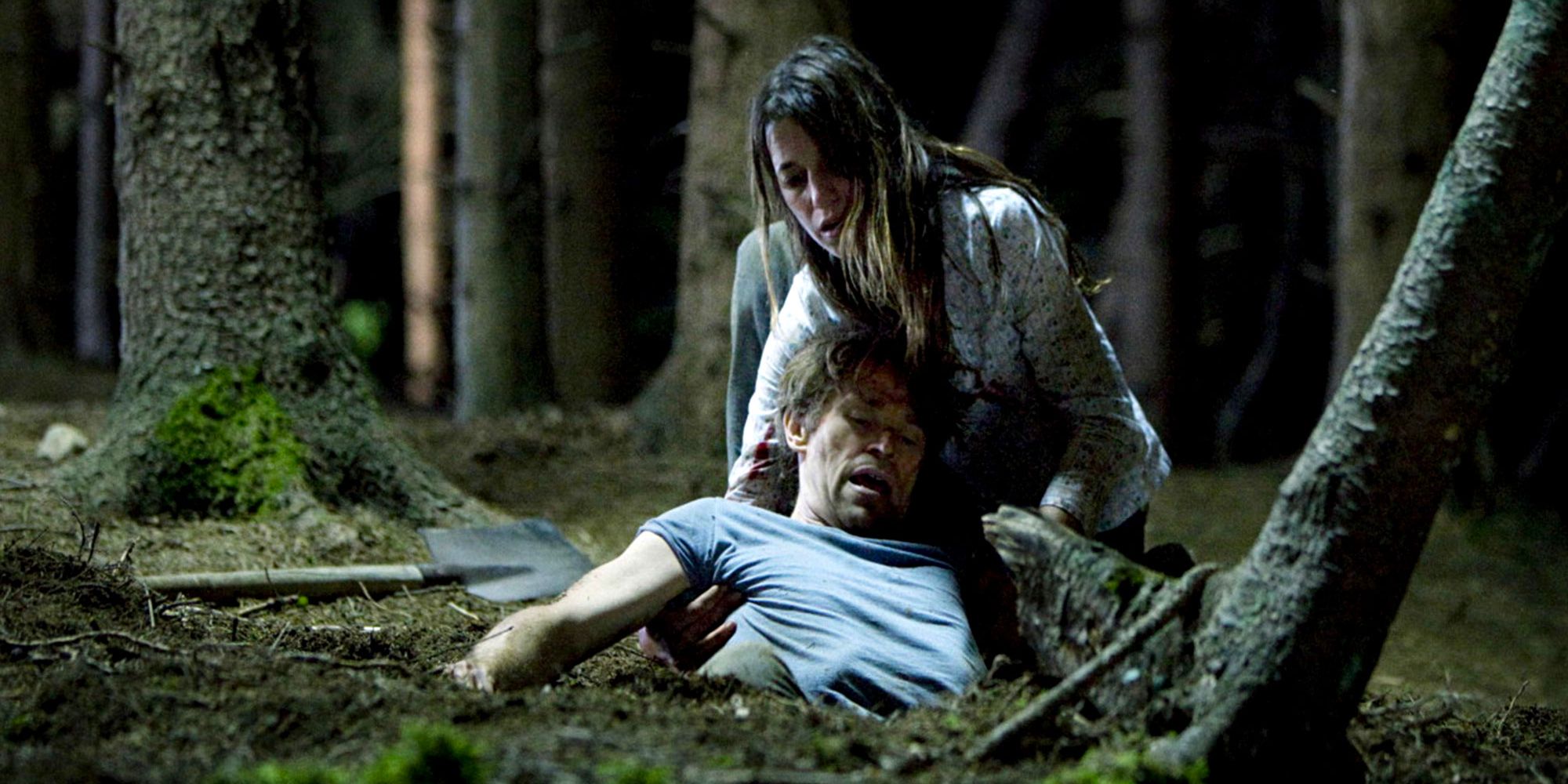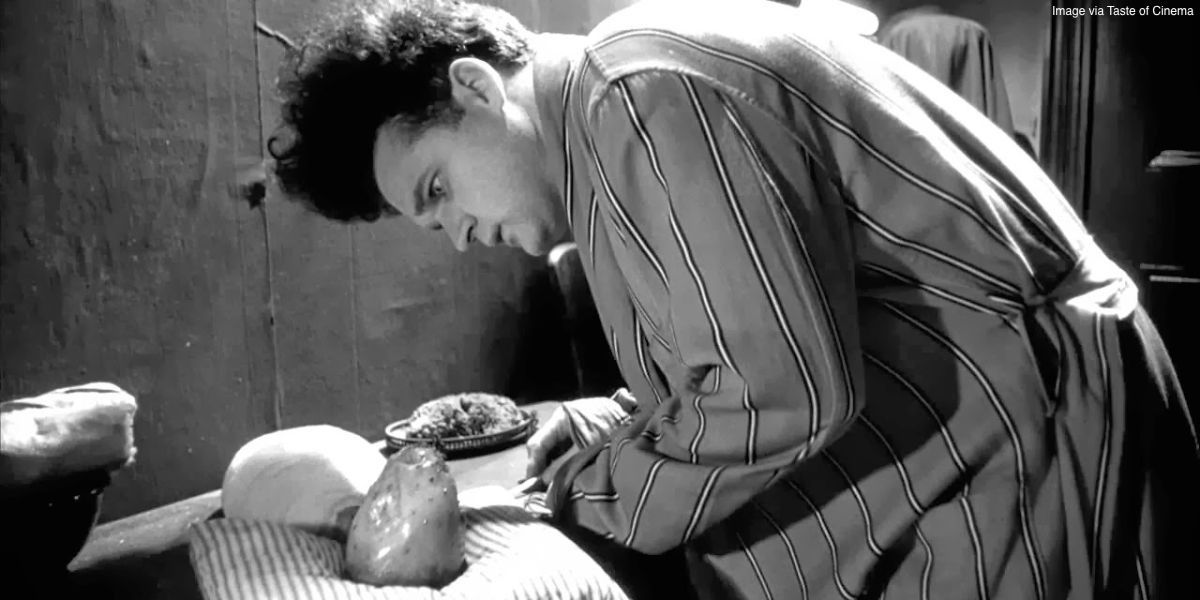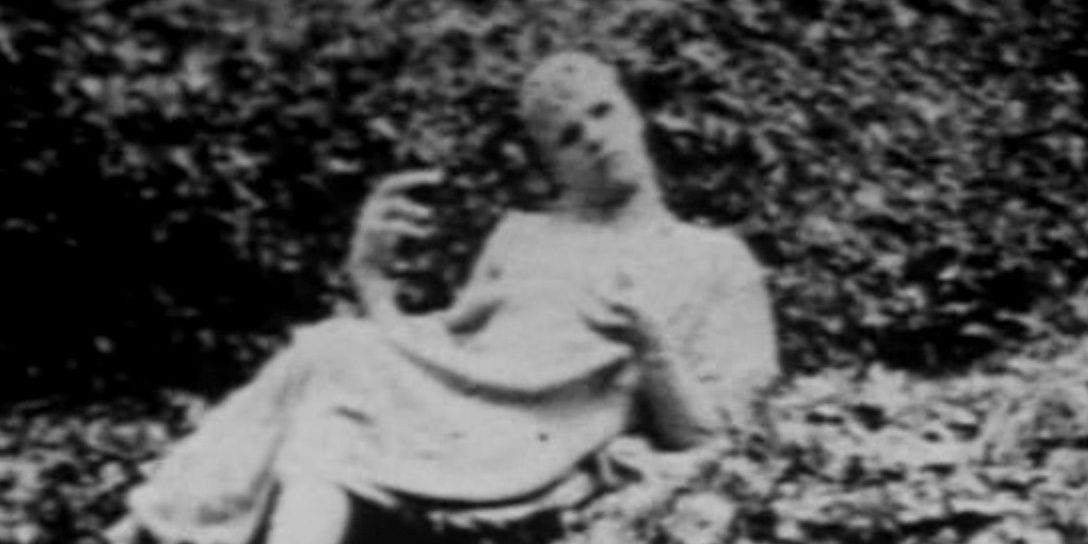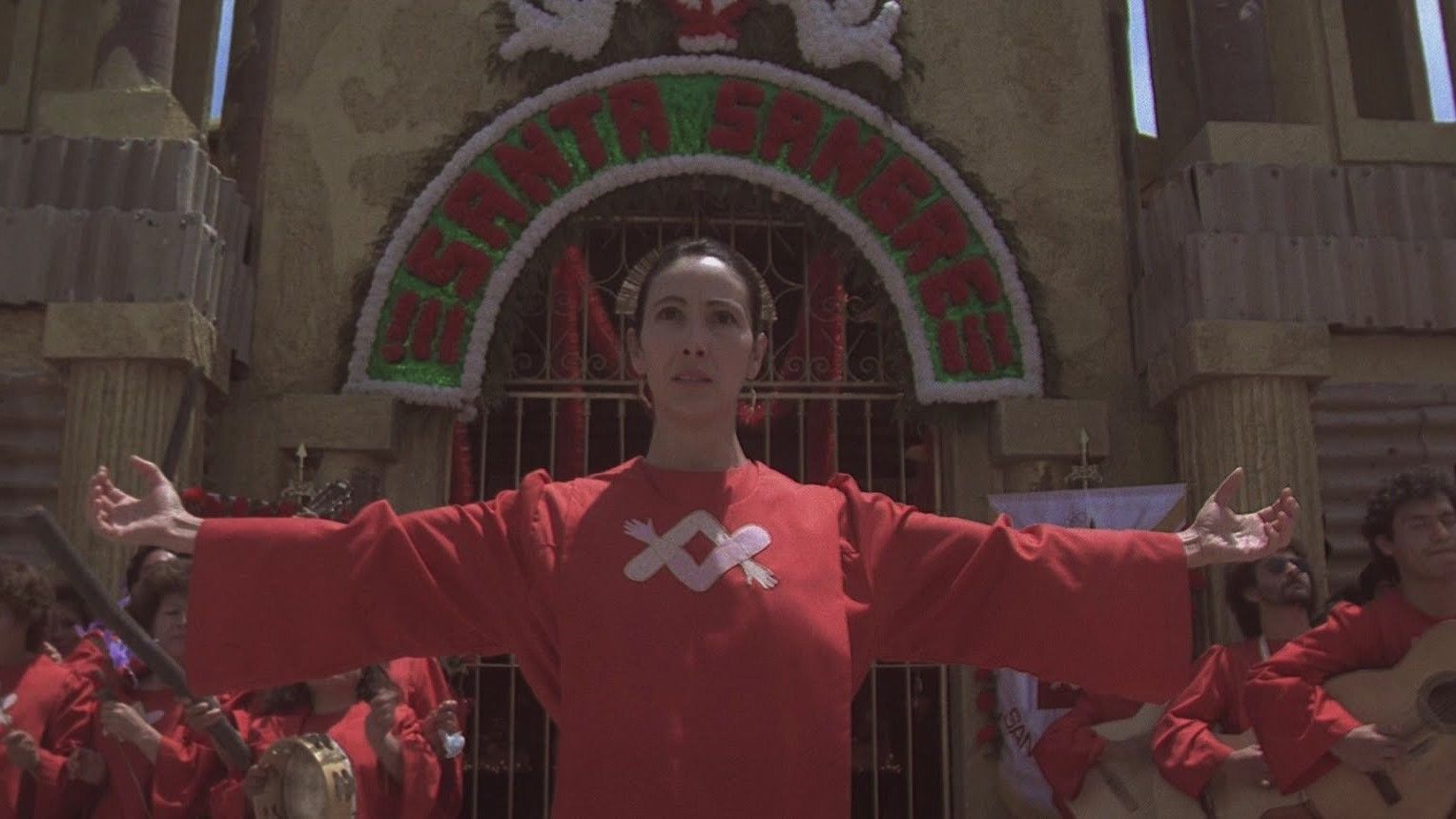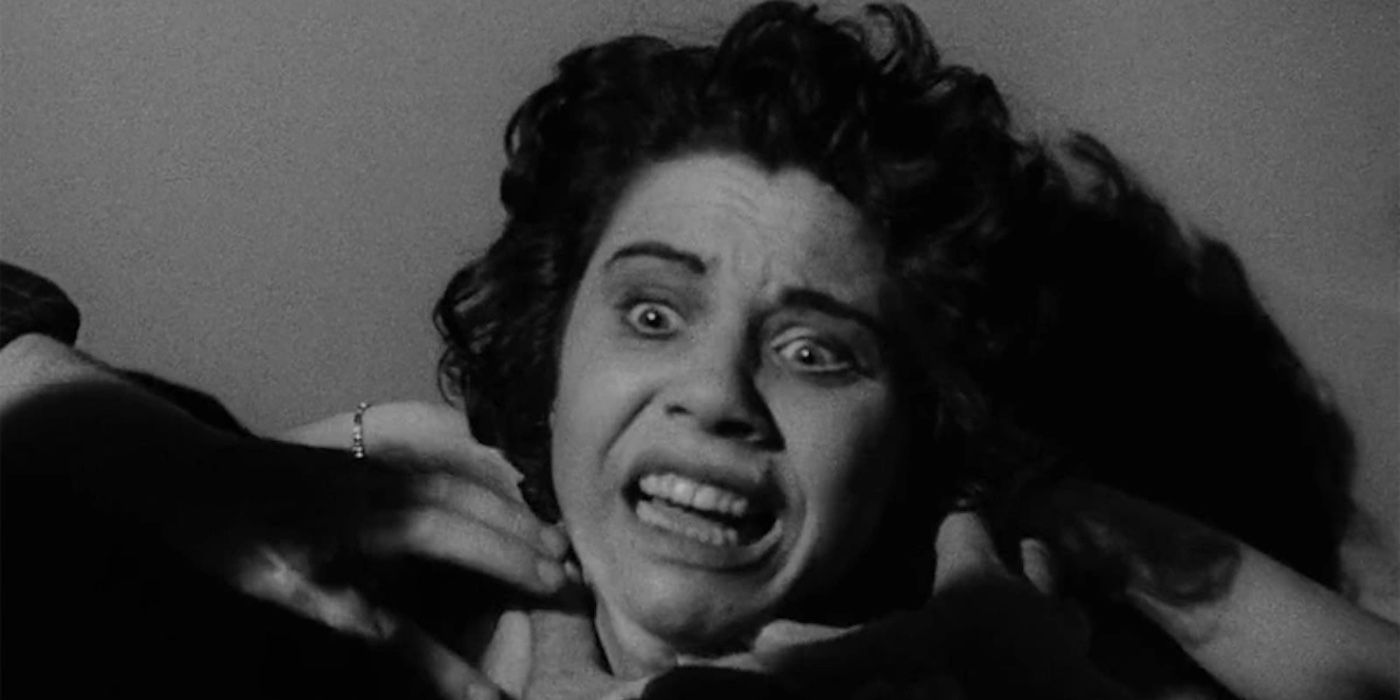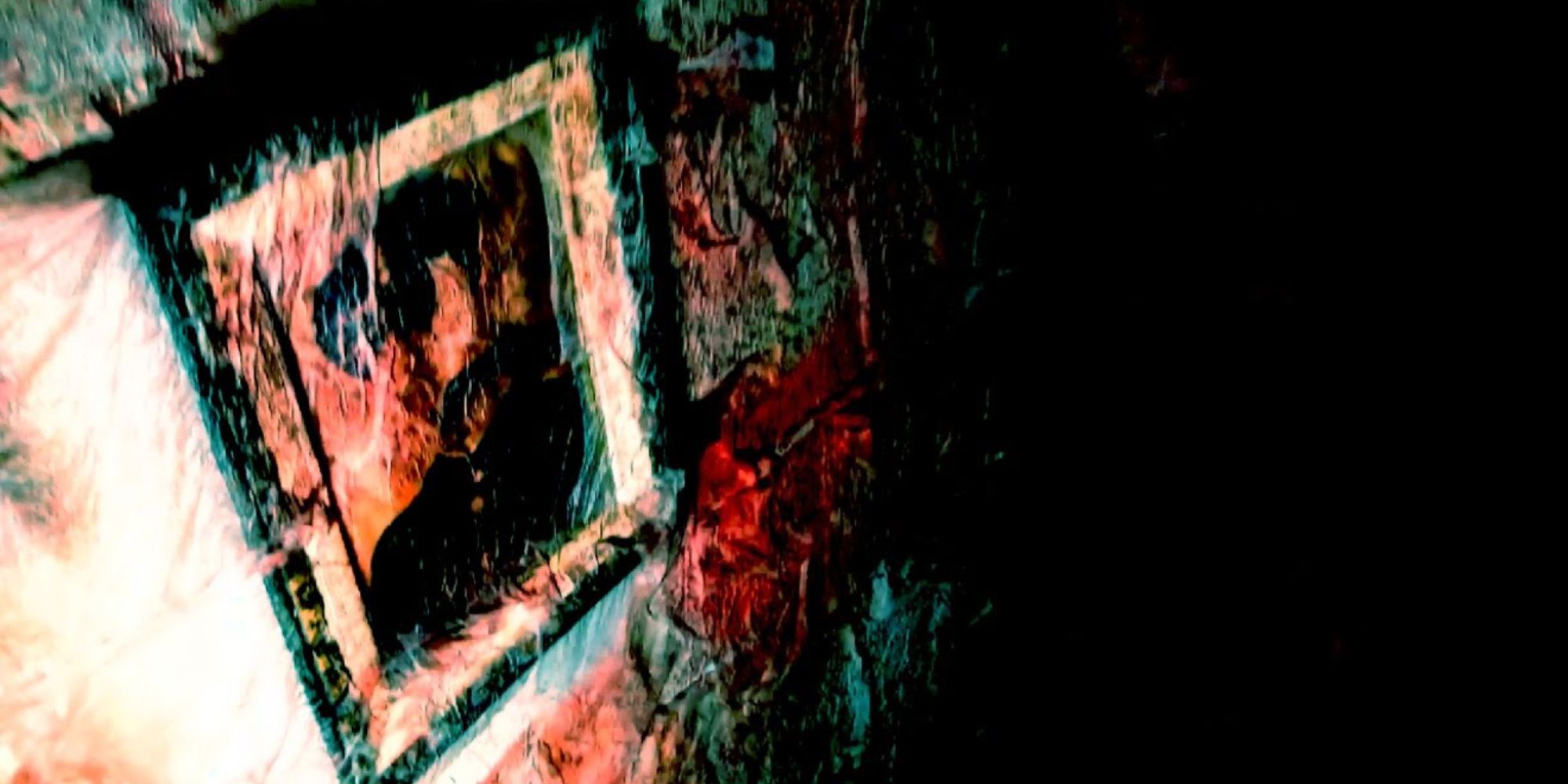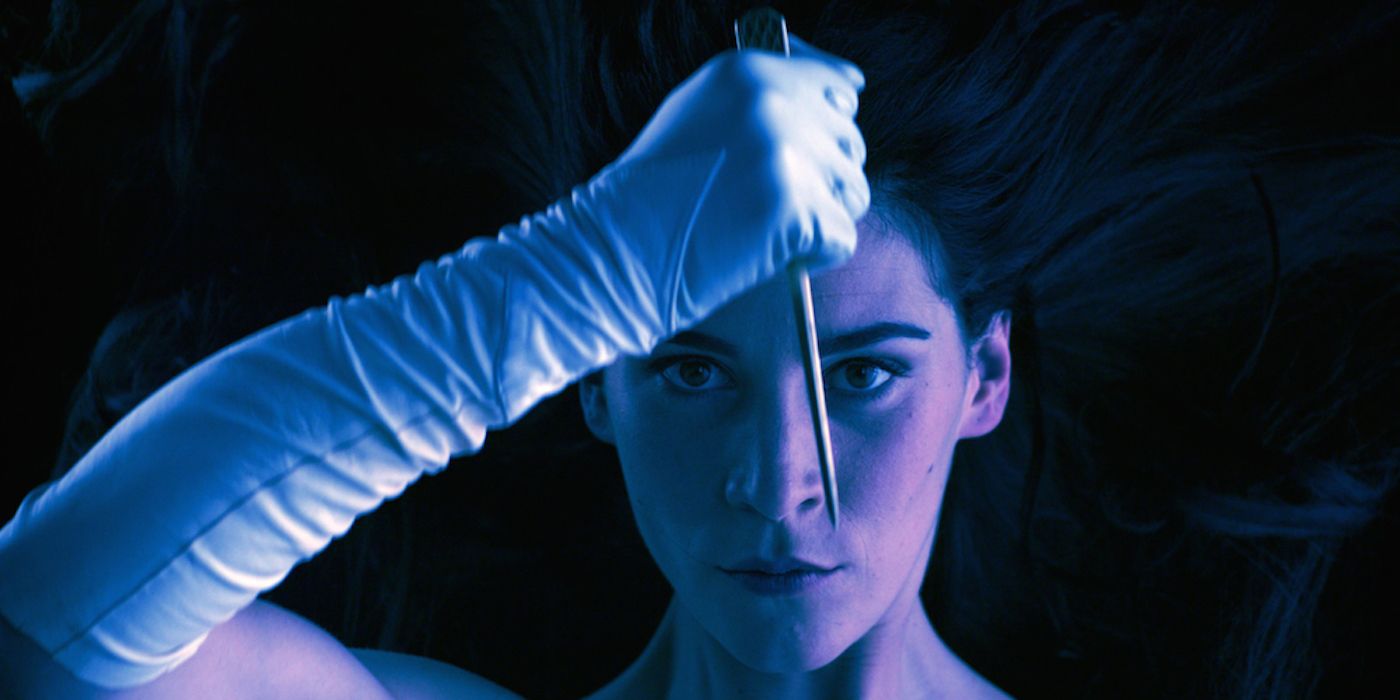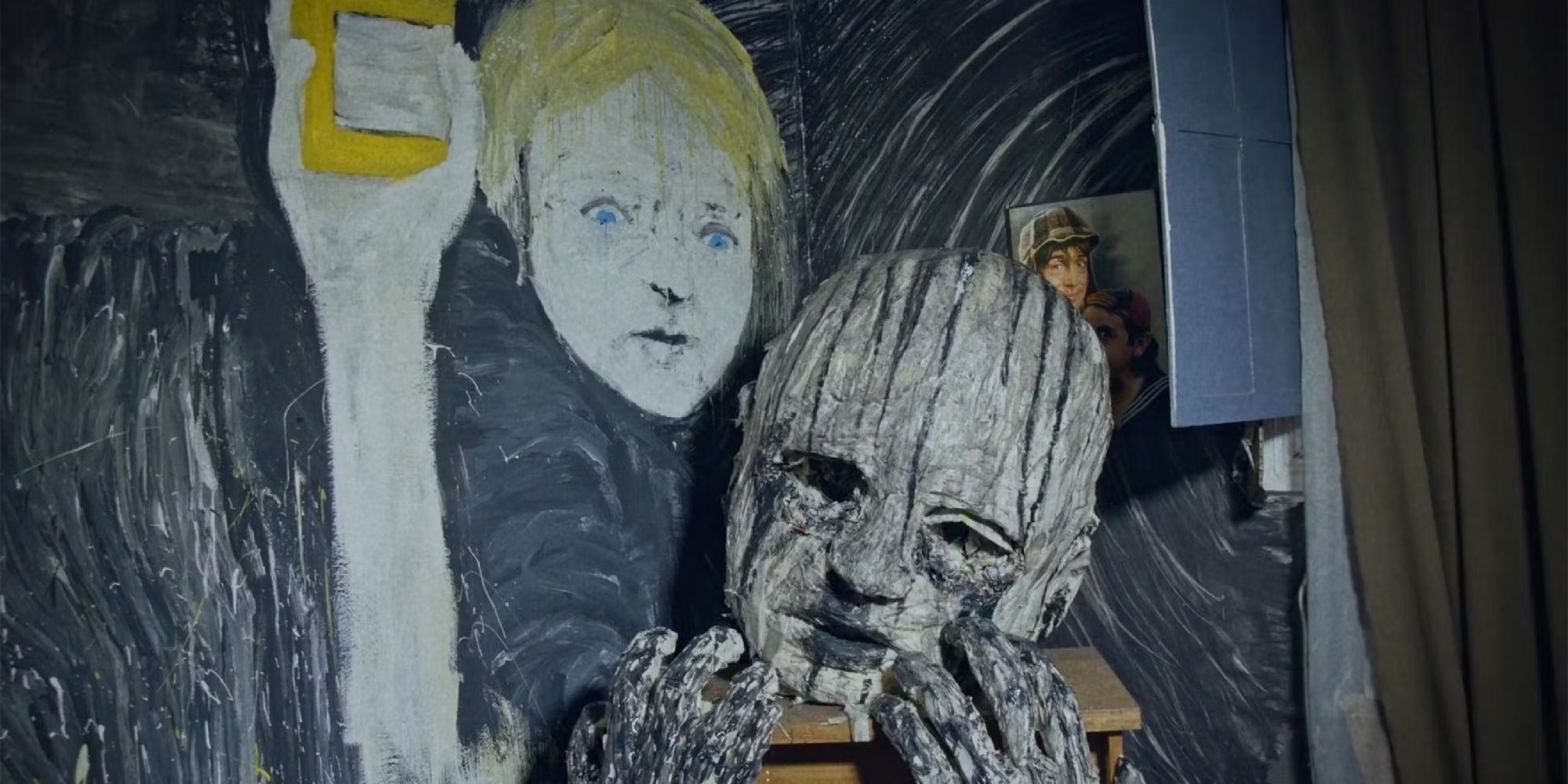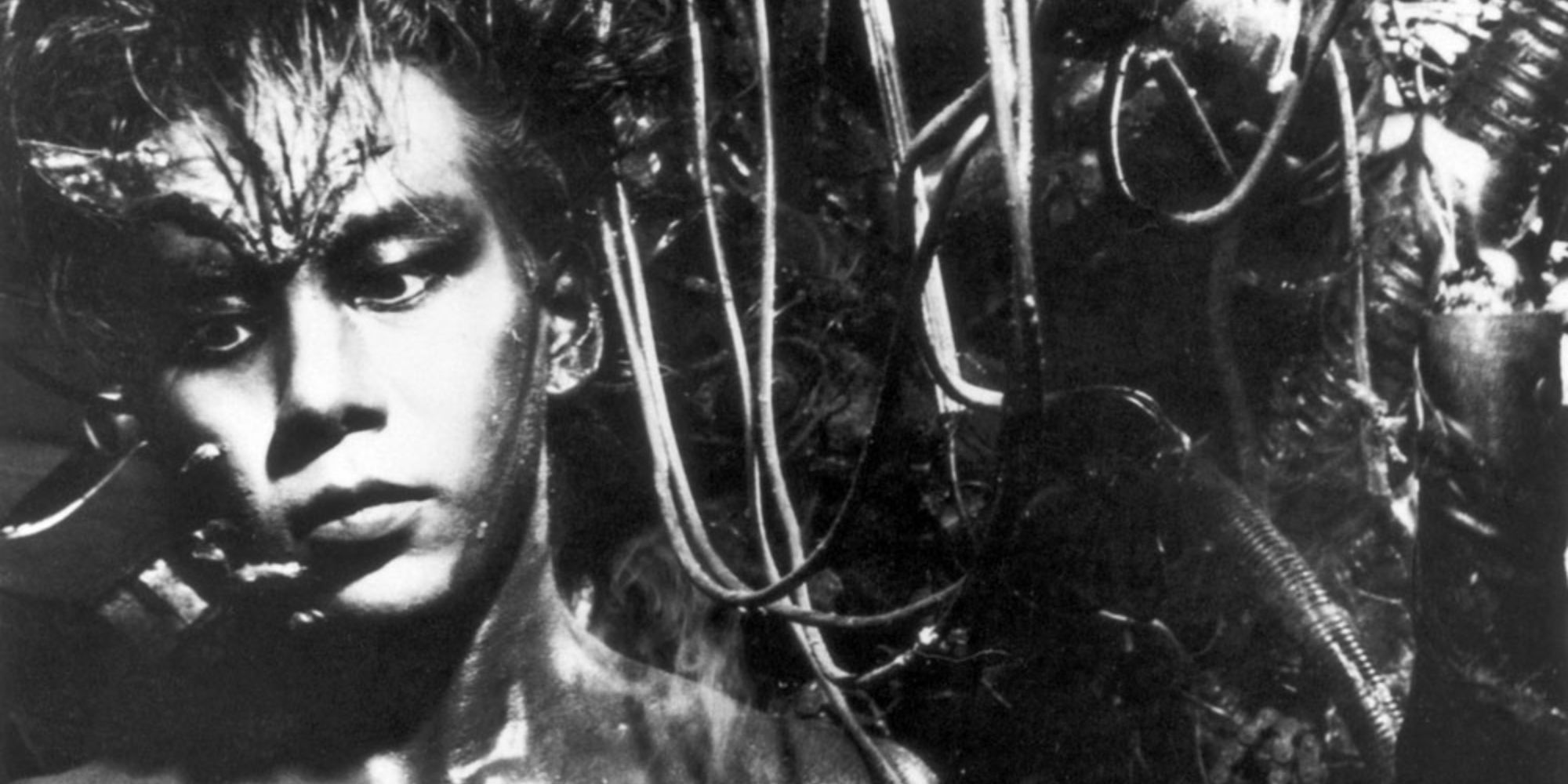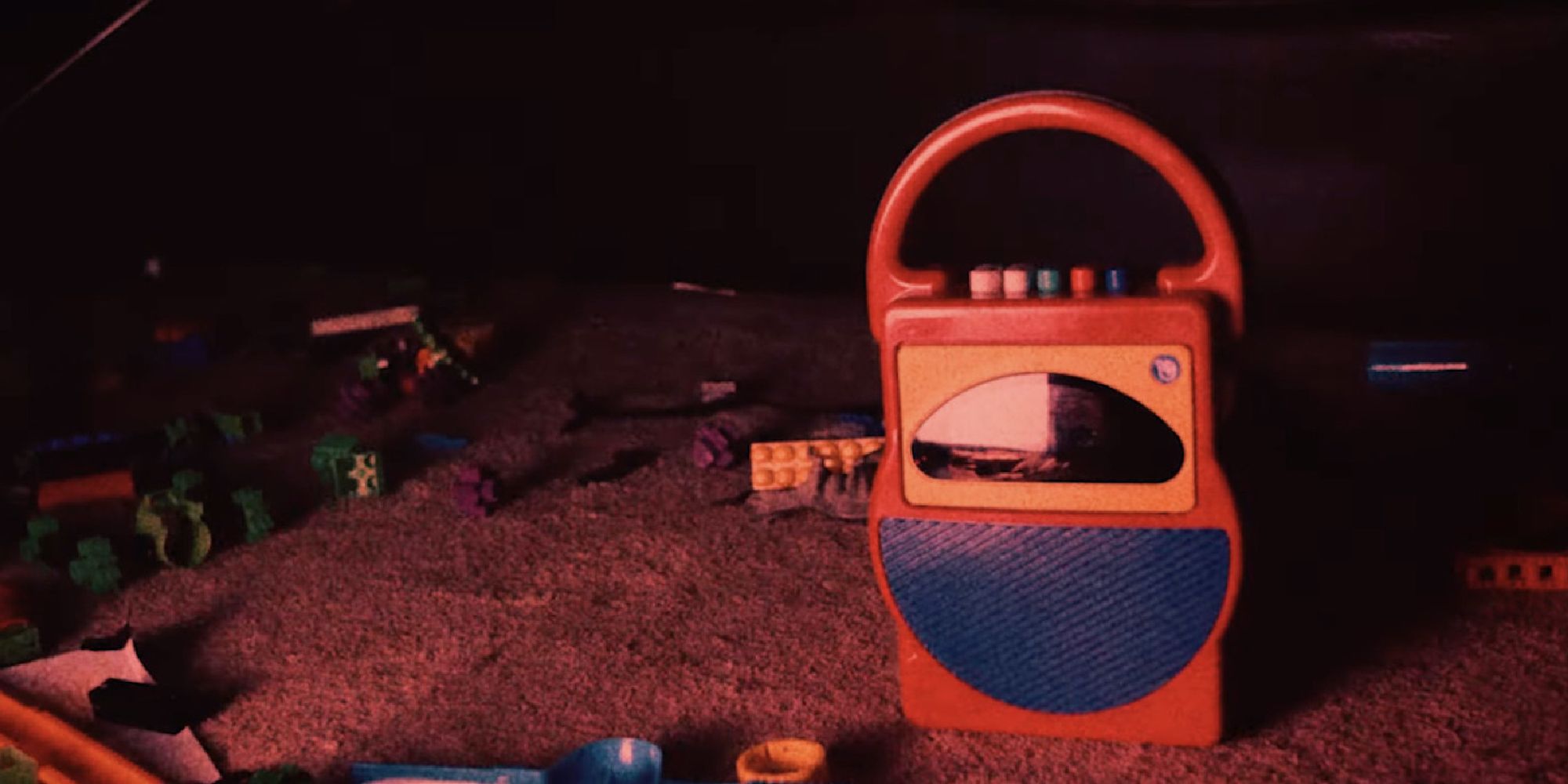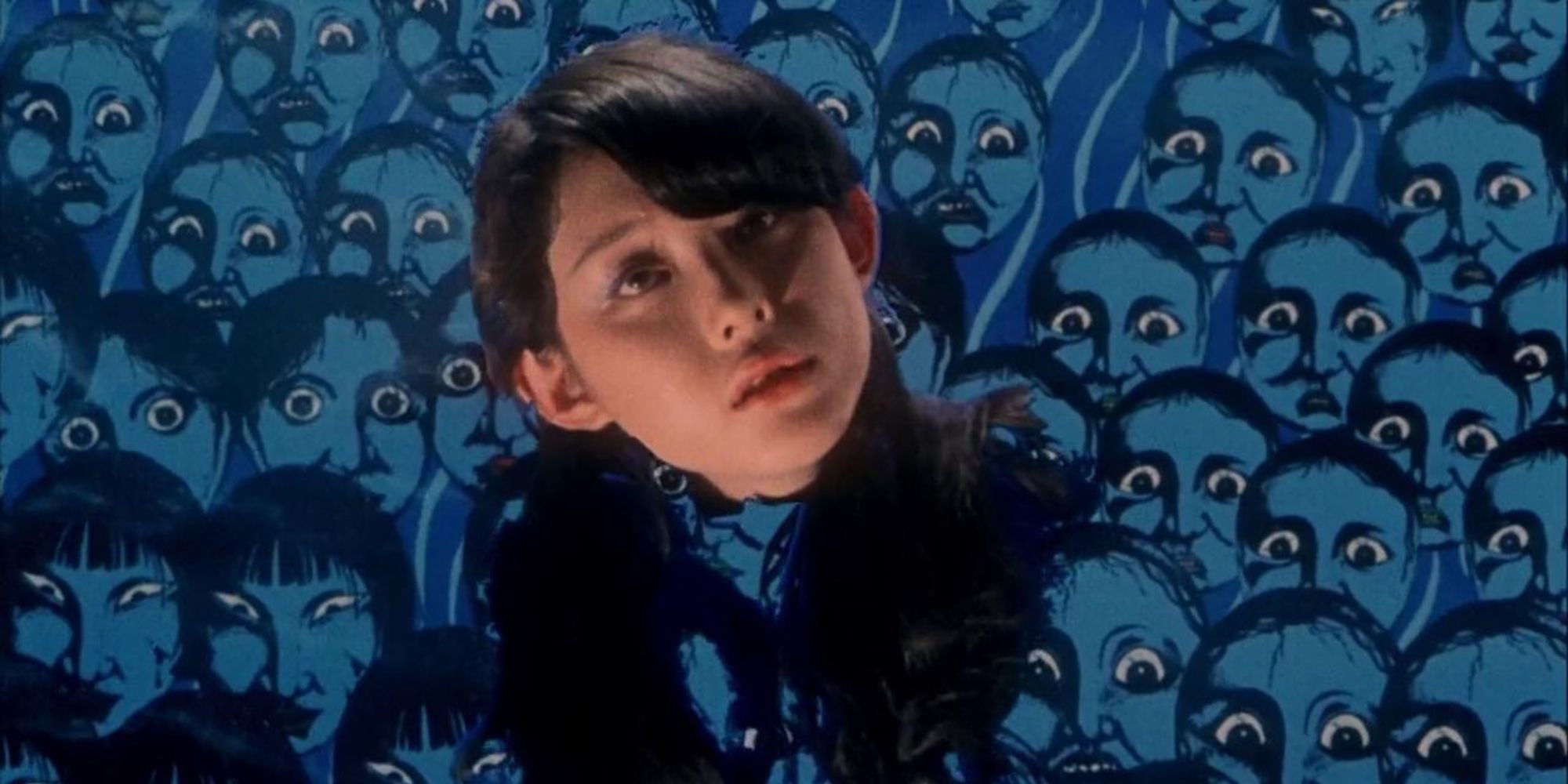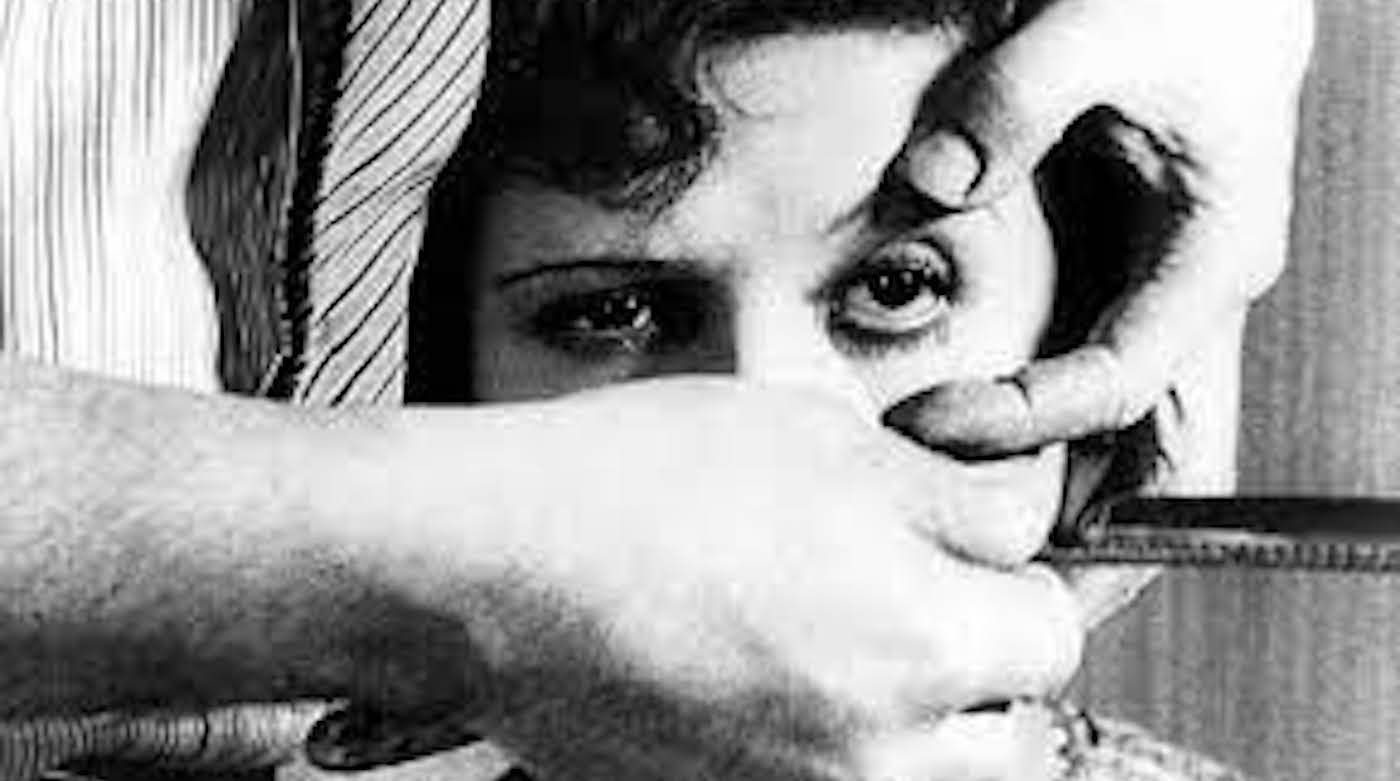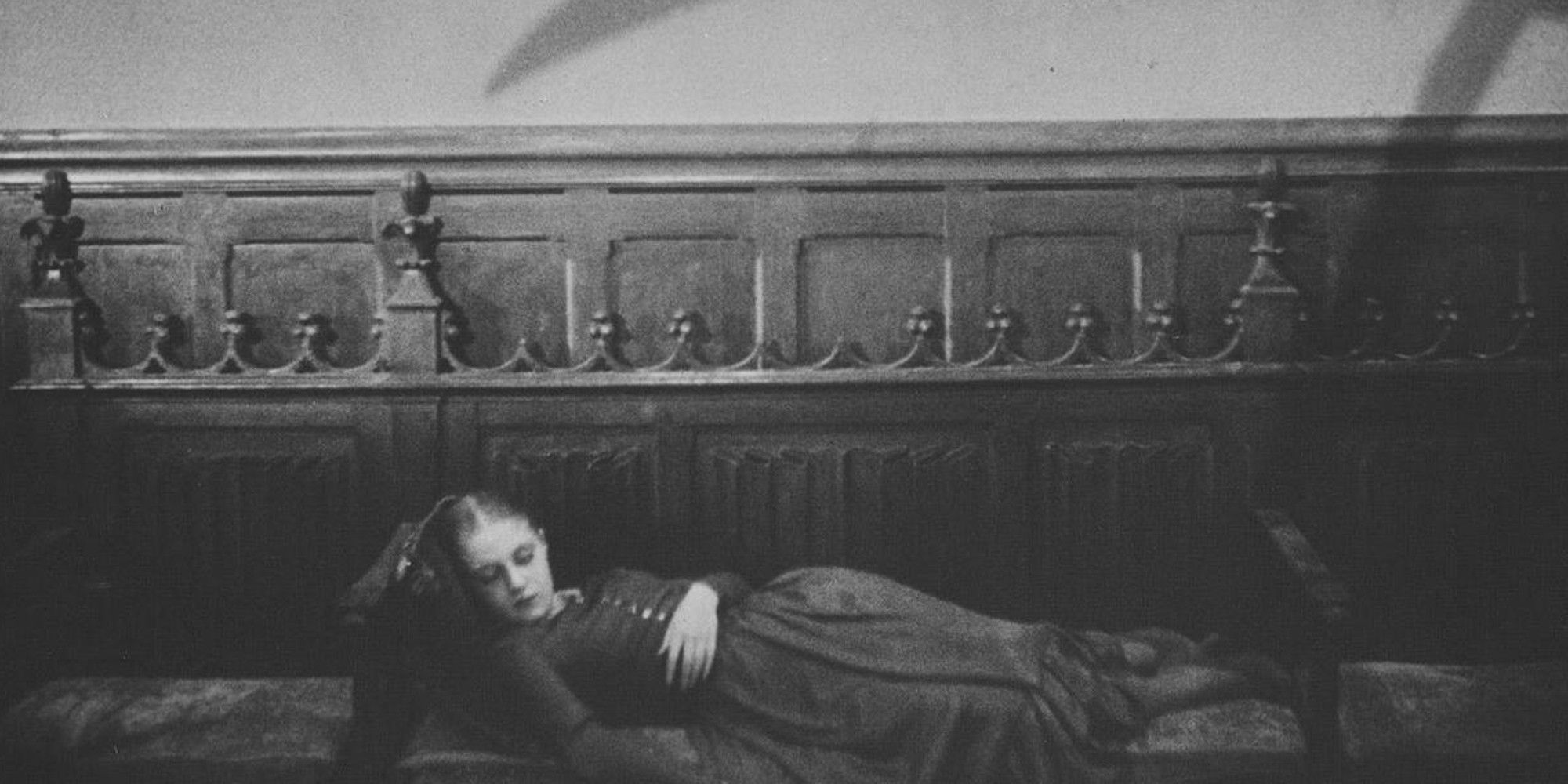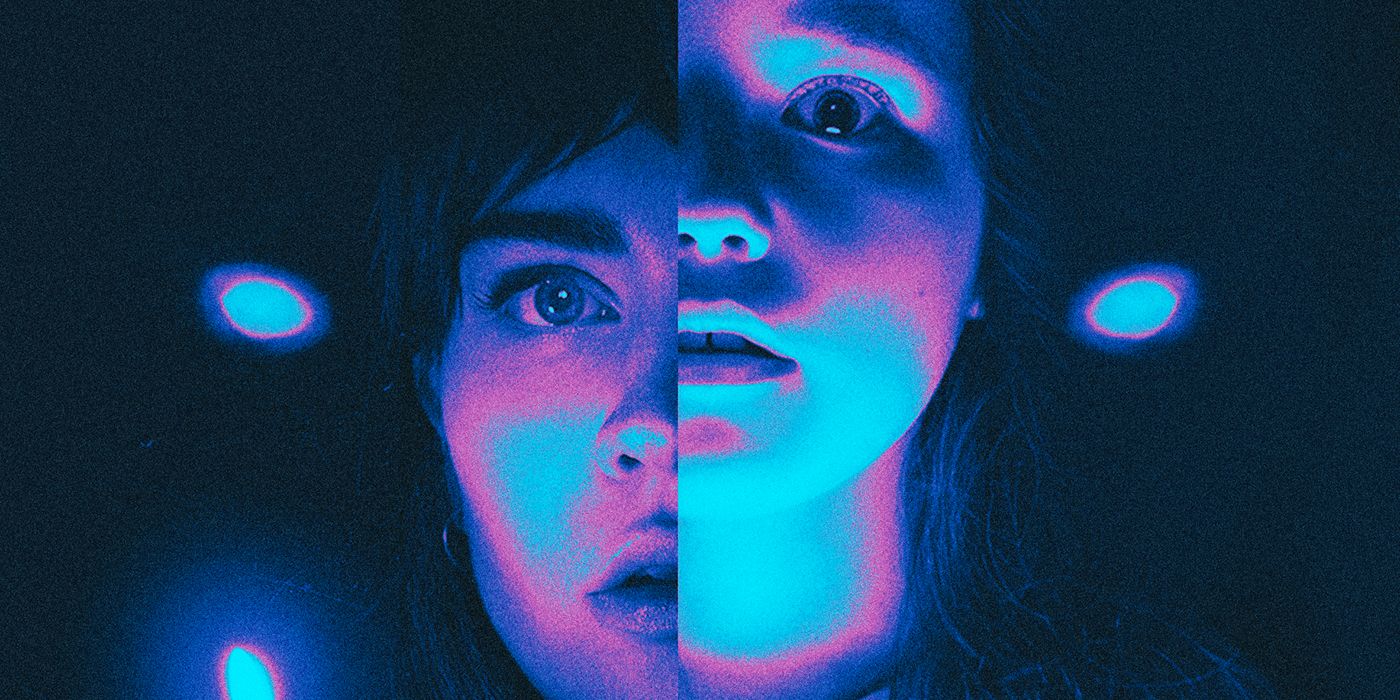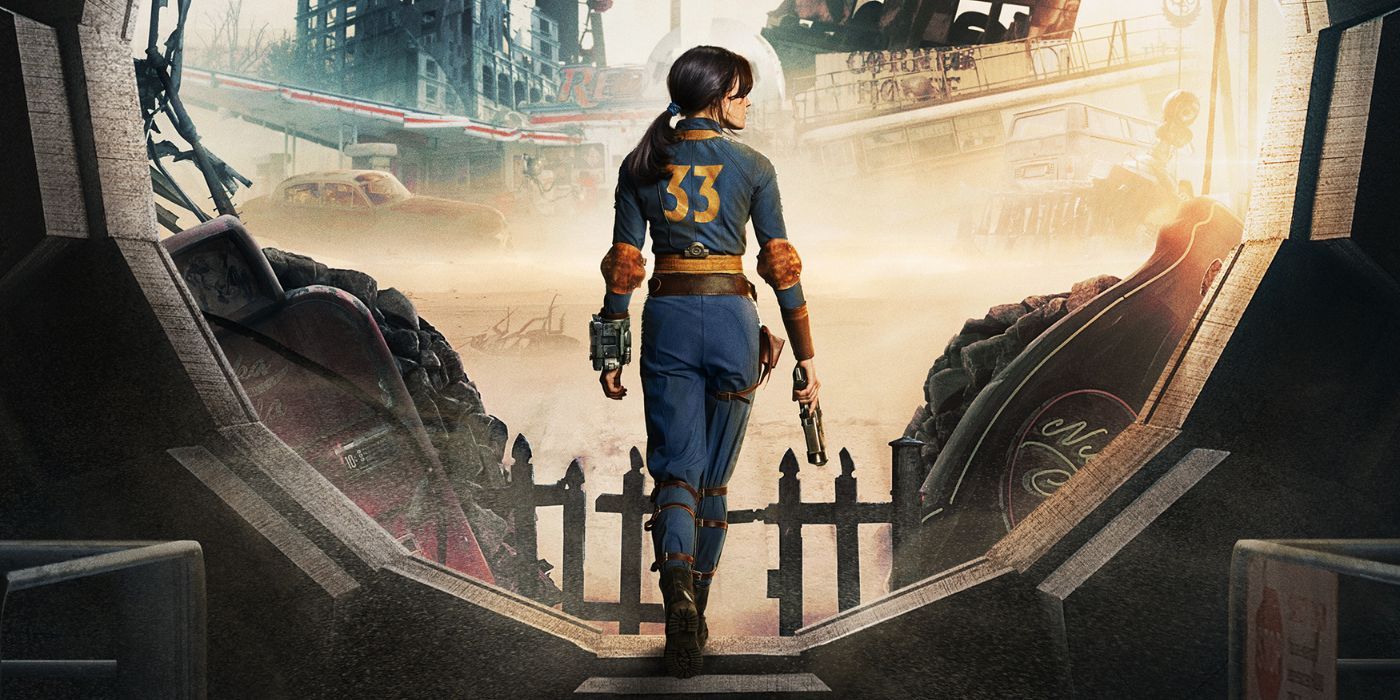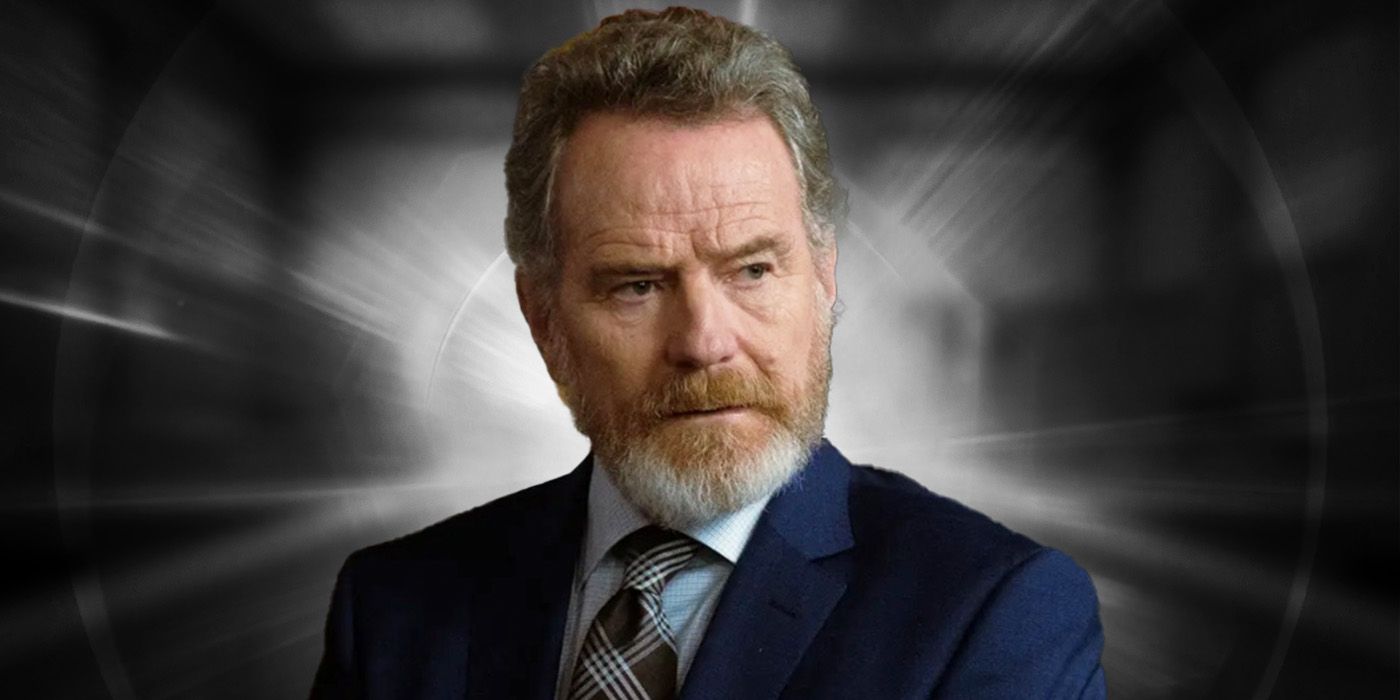The Big Picture
- Experimental horror films create a unique sense of fear and dread through unconventional approaches to lighting, sound, and atmosphere.
- These films prioritize stylistic choices and unique storytelling over conventional horror structures — often pushing boundaries and experimenting with different techniques.
- Experimental horror films challenge viewers and may not always be easily understood, but they help to evolve the genre and inspire other avant-garde filmmakers.
Horror has many different sub-genres, from slashers to paranormal, to psychological, and more. They’re all great, but sometimes we just want a little something extra and there’s no better sub-genre for that than experimental horror. Experimental horror films take a unique approach to the genre, using lighting, sound, and atmosphere to create a rarely-seen sense of fear and dread among the audience. These films don’t often follow typical horror structure — and if they do, there’s often something eccentric and offbeat about them that’s just around the corner. Experimental horror films don’t care whether you understand them or not, that’s not the point of them. The point is in the stylistic choices made and the unique stories told, and these are some of the films that do it best.
‘Skinamarink’ (2023)
Skinamarink follows two children who wake up in the middle of the night to find their father missing, and all of the doors and windows in their house having disappeared. They decide to have a sleepover in the living room, in hope that someone will rescue them, only to realize that their situation is much more dire than they originally believed. Directed by Kyle Edward Ball, the film made waves among audiences for its experimental nature and its foray into analog horror. Love it or hate it, there’s no denying that Skinmarink was influential to the horror genre, and kicked off a new wave of experimental horror.
Videodrome (1983)
Written and directed by the master of body horror himself, David Cronenberg, Videodrome earns a rightful place among the best experimental horror films. The film follows the CEO of a UHF television station who discovers a broadcast that shows snuff films. He soon becomes obsessed with discovering where the signal originates from, launching him into dangerous new territories. While much of David Cronenberg’s filmography can be listed among the best experimental horror films, Videodrome is widely considered one of his best. The film is often used as a prime example when discussing body horror. The effects and ambience still remain up to par decades later, and with social media consistently growing bigger and more influential, Videodrome remains just as relevant as ever.
‘Antichrist’ (2009)
Director Lars Von Trier is known for his polarizing works. His films are not for the faint of heart and Antichrist is a perfect example of that fact. It’s the first film in von Trier’s “Depression Trilogy” (though that’s not its official name). This should be your first warning before diving into this film. It’s unrelenting in its dark and dreary nature, with no comedy or lightheartedness to break up the mood even a little. It truly immerses you in the grief of the characters (played by Charlotte Gainsbourg and Willem Dafoe) and trades in narrative for surrealist horror sequences, leaving you stunned by the time the credits roll. It’s a brilliant piece of experimental horror but not a super enjoyable one due to its heavy nature.
‘Eraserhead’ (1977)
When it comes to the unique and baffling, one of the most prominent directors is David Lynch. All of his films have an experimental quality to them, with his penchant for long, still shots on singular objects, and his eccentric characters and world-building. But none of his subsequent films have ever quite touched Eraserhead’s level of experimentation. The film focuses on a man who becomes the father of a child with an inhuman appearance, and his struggles navigating his new life. It’s Lynch’s most poignant example of surrealism in film and feels like it exists in two different worlds: one of reality and one of complete nightmare. Yet, it never loses itself and Lynch’s vision for the film is unwavering and beautifully done.
‘Begotten’ (1989)
Begotten is a dark, twisted take on creation myths that is left up to the interpretation of the viewer. It’s a black and white film, and also a silent one, with eerie visuals and an unrelenting disturbing feel to it. It’s bleak and grotesque and not for the faint of heart, but it’s all of these aspects that make it a near-perfect addition to the experimental horror genre. In fact, after its release, it was ignored by most critics, but went on to become a cult favorite and inspired a wave of avant-garde filmmakers, musicians, and artists alike.
‘Santa Sangre’ (1989)
For those who like surrealist horror, Santa Sangre by Alejandro Jodorowsky is a perfect choice. It’s been described as an “avant-garde surreal horror film” and tells the story of Fenix, a boy who grew up in the circus and the childhood trauma he endured during it. The plot itself may not sound like it should land on this list, but it’s perhaps one of the most worthy. It’s a psychedelic nightmare from start to finish and was listed on Empire Magazine’s 500 Greatest Movies of All Time list back in 2008. There aren’t quite words to describe Santa Sangre, as it’s a film that needs to be seen to get the full extent of its experimental, surrealist nature. But it’s a stellar example of film as an art form — and a brilliant one at that.
‘Dementia’ (1955)
1955’s Dementia not only took on the experimental horror genre but also incorporated aspects of film noir and expressionist film to weave this nightmarish art piece. The film follows a young woman during a night in Los Angeles’s skid row. It’s filmed in black and white and has no dialogue throughout. The film is truly a nightmare, and though it clicks in at just below an hour long, it’s unrelenting in its uncomfortable nature. As the film trudges on, it feels as though you’re watching the deterioration of this character’s psyche — or perhaps experiencing it yourself. It’s brilliantly done and though it faced severe backlash upon release, it earns praise for its exploratory nature.
‘My House Walk-Through’ (2016)
This 12-minute short is filmed from the perspective of someone walking through their house. While sounding simple, My House Walk-Through is so much more unnerving than you may originally think. This person isn’t just filming around their house, they’re filming an unending amount of hallways. Each hallway proves to be more terrifying than the last and though its runtime is short, the film instills a sense of dread in the viewer that makes it feel never-ending.
‘The Strange Colour of Your Body’s Tears’ (2013)
The Strange Colour of Your Body’s Tears follows a man who comes home to find that his wife is missing. He sets out to find her which kicks off a fairly typical mystery format that descends into utter chaos. It takes place solely in an apartment complex as this man goes door to door searching for his wife and encounters many an interesting character on the way. It doesn’t have a proper narrative, constantly shifting perspective throughout its run, but what it lacks narratively, it makes up for in gorgeous visuals that earned it much praise for its cinematography work. It’s beautiful yet grotesque in its visuals and is a true gem in the experimental genre.
‘The Wolf House’ (2018)
2018’s stop-motion horror, The Wolf House, is especially unique in the experimental realm. It not only experiments thematically but stylistically as well, blending different animation styles such as 2D and 3D with live-action set pieces that come together to create a deeply uncomfortable atmosphere. It’s this format that leaves such an impact on the viewer, and ups the psychological effect to new heights, weaving a twisted little fairytale that won’t soon be forgotten.
‘Tetsuo: The Iron Man’ (1989)
Tetsuo: The Iron Man took a small budget and created one of the most brilliant pieces of sci-fi/horror to date. Its experimental nature comes in the form of its body horror, as the film follows a man whose body parts turn into iron. Given how low of a budget the film had, it is a true testament to the filmmaker’s vision in how effective the film turned out to be. It’s since earned a cult status and continues to disturb and amaze all who see it to this day.
‘Heck’ (2020)
Heck is another experimental horror flick from Kyle Edward Ball. Sitting at a cool 30 minutes, Heck was Ball’s first foray into the world of analog horror and was released back in 2020. The film has a similar premise to Skinamarink, but it arguably works better here given the shorter runtime. There’s less repetitiveness since it isn’t trying to fill a 90-minute window, so you’re almost left more on the edge of your seat as you wonder when the scares will truly come for you. The best part? How grainy the footage looks, it’s as if you’re truly watching found footage and it’s hard not to get sucked into the atmosphere the film creates.
‘House’ (1977)
House follows a group of girls who visit a family member’s home only to find themselves confronted by the supernatural as they are devoured one by one. The premise alone sounds horrifying but the true terror comes in the form of the unexplainable events that take place throughout. Director Nobuhiko Obayashi enlisted his daughter’s help to come up with ideas that just simply couldn’t be explained as children’s minds are often more creative than adults. These ideas were things such as a watermelon coming out of a well that’s revealed to be a decapitated head and a piano that eats the fingers of the player. But those are just a couple of examples of the film’s chaotic nature, and due to the short runtime, it’s chock-full of surprises.
‘Un Chien Andalou’ (1929)
Another short film, sitting at 21 minutes, Un Chien Andalou doesn’t have much of a plot but there’s no shortage of wild visuals to be seen. It’s told through a disjointed chronology that jumps from the opening title card of “once upon a time” to “eight years later” without any change to the characters or stories. The film works on a dream-like basis, where time may go on but events and people don’t change, making the entire thing feel hazy and confusing. In fact, the filmmakers made a point of not including anything that could have a rational explanation. It may not be everyone’s cup of tea but there’s no denying that it’s experimentalism at its finest.
‘Vampyr’ (1932)
Vampyr tells the tale of a student who enters a village that’s under the curse of a vampire (hence the title). The film was director Carl Theodor Dreyer’s first sound film and was required to be recorded in three languages. As a result, the film uses little dialogue, and the story is primarily told through title cards. He also used a washed-out filming technique to better enhance the atmospheric feeling he intended the film to have, as well as adding in disorienting effects to fully immerse the viewer into the world Dreyer creates.

